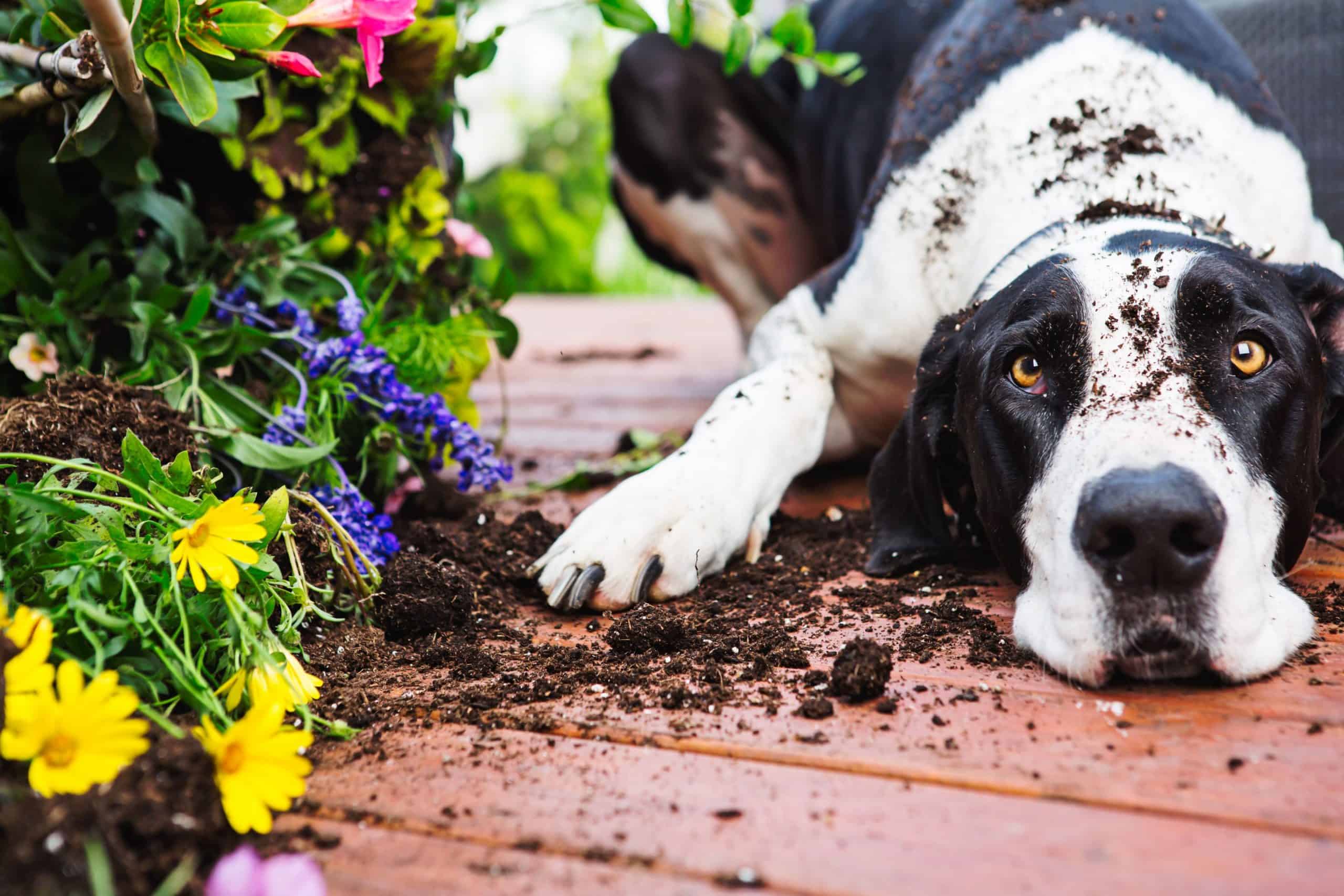The Most Dangerous Plants for Pets

Many pets tend to ignore greenery, but that doesn’t mean they’re immune to the risks of certain plants. You could own a plant for many years without it becoming an issue for your pet, until one fateful day their curiosity gets the best of them. The key to avoid an issue is to simply remove all potential threats, and we’ve got the scoop on the most dangerous plants for pets.
Scan their Environment
It isn’t uncommon to have certain plants growing in the yard, or on the windowsill, that present health risks to pets. Educating yourself on what’s growing around your pet is part of an important defense against potential poisoning.
An awareness of your pet’s behavior is also necessary. If your pet prefers to munch on leaves, or stomp around in garden beds, we recommend taking a close look at the variety of flowering plants or shrubbery. Your pet might generally display little interest in plants, but be careful when bringing cut flowers into the home. This may be a novelty to your pet and could present a dangerous situation.
Highly Toxic Plants
Lilies are one of the most dangerous plants for pets. While they can make dogs very sick, they can be fatal for cats. Even if they don’t eat parts of the plant, the pollen itself picked up on the feet or face can be toxic. It is a good idea not to grow any varieties of lily in the yard, and try not to ever bring cut lilies into the house for display.
Attractive Vegetation
Pets are naturally drawn to vegetation (the smells and sensations found in green patches are unrivalled). Be careful that your pet doesn’t have access to bulb plants, such as daffodils, crocus, and tulips. Flowering shrubs like rhododendron, hydrangea, and azaleas should also be off-limits.
The More We Know
All pet owners should check out this list from the ASPCA that details the most dangerous plants for pets. To get you started, please observe if the following plants are growing in your pet’s environment:
- Castor bean
- Chrysanthemum
- Dieffenbachia
- Cyclamen
- Hyacinths
- English ivy
- Kalanchoe
- Oleander
- Pothos
- Sago palm
- Spanish Thyme
- Yew
- Foxglove
- Mistletoe
- Hemlock
- Wisteria
- Rhubarb
Removing these dangerous plants for pets is critical to their protection, but you cannot control what’s growing in neighboring lots. Train your pet to avoid these plants by rewarding them with tasty treats.
Dangerous Plants for Pets
Symptoms of plant poisoning can vary, but may include: vomiting, diarrhea, salivating, lethargy or depression, inappetance, trouble breathing, and a sudden anxious demeanor. If you know or suspect that your pet ate a poisonous plant, please don’t wait to seek help. We recommend bringing with you evidence of the poisoning, such as leaves, stems or flowers because it will help with treatment. Approaching this event as a serious pet emergency will likely lead to a better outcome for your pet.
If you have any questions or concerns about dangerous plants for pets, we are happy to help you at Beverly Hills Veterinary Associates. Please call us at (248) 646–5655.
